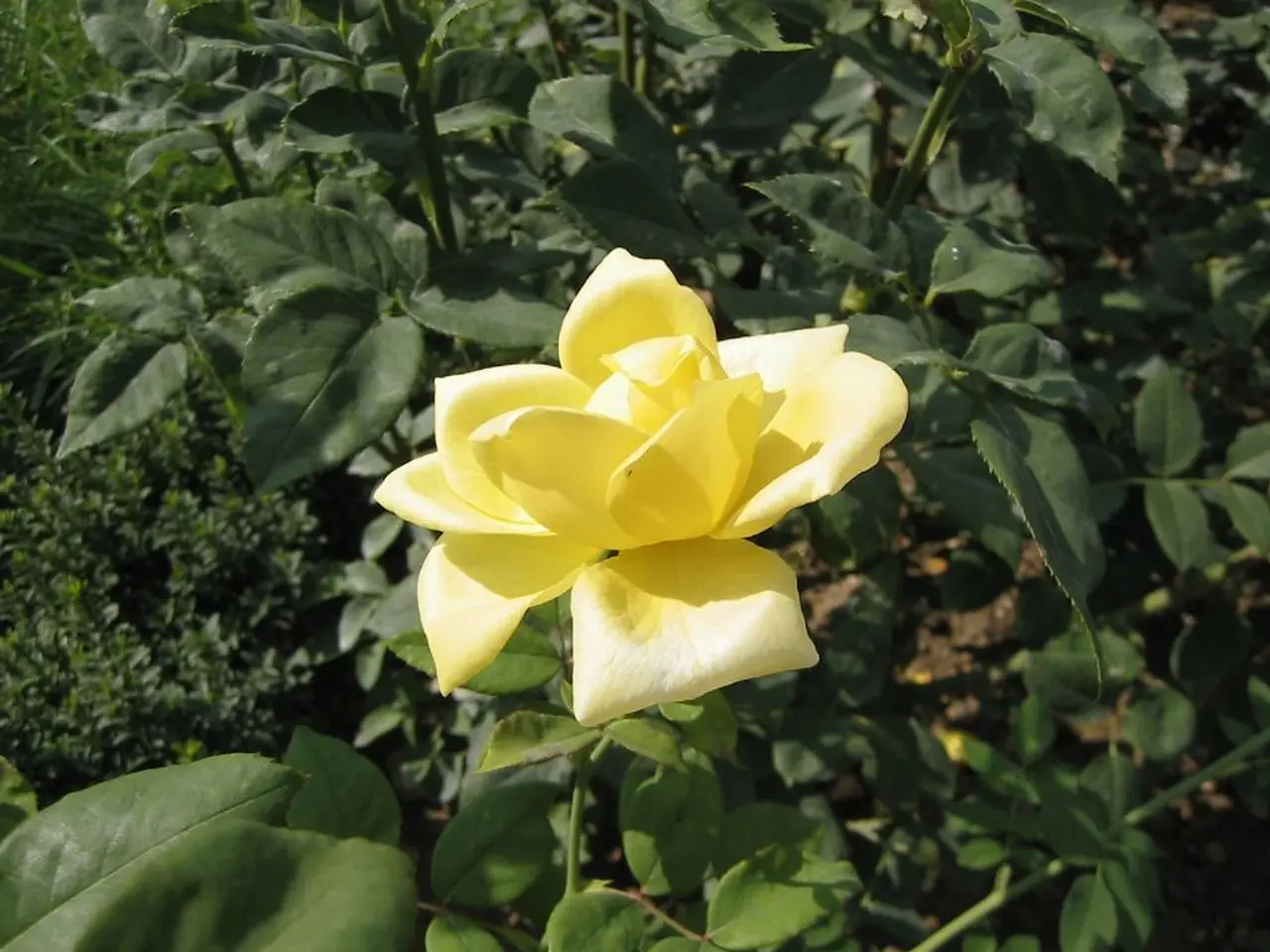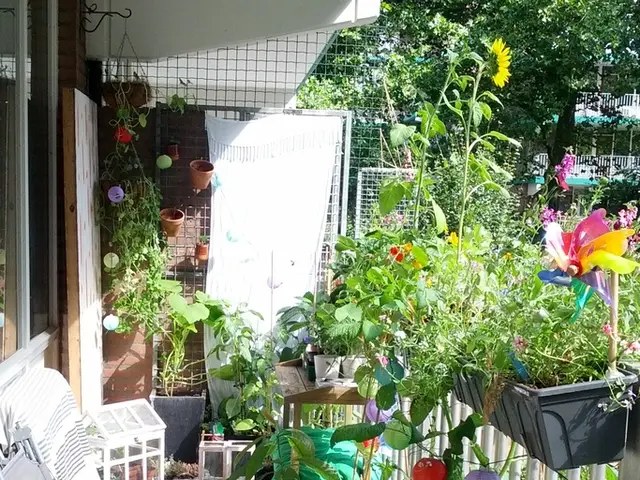Is it advisable to prune yellow leaves from indoor plants or allows them to drop naturally?
Yellow leaves on houseplants can be a common concern for many plant enthusiasts. Although it may seem alarming, understanding the causes and taking preventative measures can help maintain the health of your indoor garden.
One of the most frequent causes of yellow leaves is overwatering, leading to root rot. When the soil is too wet, roots become waterlogged, causing them to drown and rot. This results in yellow leaves and mushy, brown roots. To address this issue, remove any rotten roots, repot the plant in fresh soil, and allow the soil to dry more between waterings. Plants such as ZZ and Snake Plants prefer their soil to dry out almost completely before watering again.
On the other hand, underwatering can also cause yellow leaves, particularly in spots or at the tips. Watering when the top 2 inches of soil are dry can prevent this. Succulents and cacti should be allowed to dry out fully between waterings but not left dry long enough to cause yellowing.
Nutrient deficiencies can also lead to yellow leaves, especially those lacking essential nutrients such as nitrogen, magnesium, or potassium. A nitrogen deficiency, common in spring after winter rain leaches nutrients, results in pale, yellow, or sometimes pink-tinged leaves along with stunted growth. This can be remedied by applying high-nitrogen fertilizers or organic mulches that release nutrients gradually.
Other common causes include pest problems, seasonal leaf yellowing during winter months, transplant shock, nutrient depletion, summer sun exposure, and yellowing affecting a single branch or stem.
To prevent and address yellow leaves, monitor soil moisture carefully and adjust your watering habits based on the plant’s needs. Check the soil pH and nutrient content to ensure plants can uptake nutrients. Use appropriate fertilizer during the growing season to avoid deficiencies. Repot plants if root rot occurs to save the plant. Observe plants regularly to detect early signs of distress.
By balancing watering practices and ensuring nutrient availability, you can prevent most causes of yellow leaves and maintain healthy houseplants. Additionally, taking clear photos of yellowing plant patterns can help track changes or seek advice from garden centres.
Remember, plants with variegated leaves require special attention to avoid mistaking normal variegation for problems. Rotating plants for even light exposure can prevent stress-related yellowing, and moving plants a few feet from windows during intense summer sun can also help.
With a little care and attention, your houseplants can thrive and bring life to your indoor space. Happy gardening!
[1] https://www.gardeningknowhow.com/houseplants/houseplant-problems/houseplant-problems-yellow-leaves.htm [2] https://www.gardeningknowhow.com/garden-how-to/soil-fertilizers/how-to-correct-nitrogen-deficiency-in-plants.htm [3] https://www.gardeningknowhow.com/houseplants/houseplant-problems/houseplant-problems-overwatering.htm [4] https://www.gardeningknowhow.com/garden-how-to/soil-fertilizers/how-to-correct-magnesium-deficiency-in-plants.htm
- To create a vibrant home-and-garden atmosphere, not only should you focus on efficiently watering your houseplants to prevent yellow leaves, but also ensuring they receive adequate nutrients such as nitrogen and magnesium.
- For an enjoyable and flourishing home-and-garden lifestyle, gardening enthusiasts can improve the overall health of their indoor plants by routinely examining the soil, soil pH, and nutrient content, as understanding the causes of yellow leaves and addressing them promptly can guarantee the well-being of the indoor garden.






